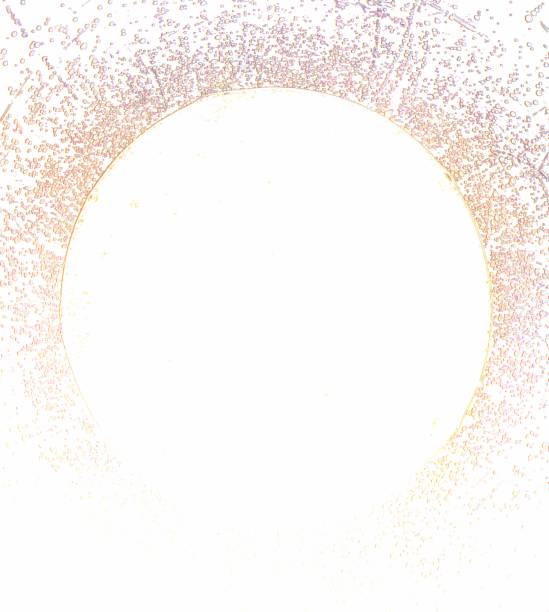A Glimpse into the Future: The Dawn of Holographic Technology
Introduction: The world of technology is constantly evolving, and one of the most exciting developments on the horizon is holographic technology. While once confined to the realm of science fiction, holography is now at our doorstep, promising groundbreaking applications in various fields. This article delves into the history, current state, and future prospects of this fascinating technology.

The Genesis of Holography: A Journey Back in Time
Holography, derived from the Greek words “holos” (whole) and “graphe” (writing), was first conceived in 1947 by Hungarian-British physicist Dennis Gabor. It wasn’t until the invention of the laser in the 1960s, however, that holography hit its stride, enabling the creation of high-quality, three-dimensional images. Since then, the field has seen steady advancements, with holography finding its way into diverse sectors, from art and advertising to data storage and security.
Holography Today: Not Just Smoke and Mirrors
Today, holography is a reality. Companies like Microsoft and Magic Leap have developed Augmented Reality (AR) glasses that project holographic images onto the wearer’s field of view. Holograms have also found a place in the entertainment industry, with late artists like Tupac Shakur and Whitney Houston making posthumous ‘appearances’ on stage via holography. In healthcare, the technology is being utilized for non-invasive surgeries and detailed diagnostic imaging.
While these developments are remarkable, they are just the tip of the iceberg. The current generation of holographic technology, though impressive, still relies on specific equipment and viewing angles. The dream of fully interactive, free-standing holograms remains a work in progress.
The Future is Bright: Holography’s Road Ahead
The future prospects of holography are vast and exciting. Researchers are continuously striving to improve the technology, with an aim of creating true, free-standing holograms that can be viewed from any angle without the need for special equipment. This could revolutionize numerous fields, from personal communication (imagine a 3D Skype or FaceTime call) to architecture and design, where holographic models could replace traditional blueprints.
Additionally, scientists are exploring the potential of ‘touchable’ holograms, which use ultrasound waves to create tactile feedback. This means that future holograms might not only be visible, but also tangible.
Holography’s Price Tag and Market Impact
While it’s difficult to put a precise price tag on the future of holography, it’s safe to say that it won’t come cheap – at least initially. Current AR glasses, which are a stepping stone towards fully interactive holography, cost upwards of $2000.
In terms of market impact, the holography market is projected to grow exponentially in the coming years. According to a study by MarketsandMarkets, the global holography market is expected to reach $5.5 billion by 2020, up from $2 billion in 2015. This growth is anticipated to be driven by advancements in medical imaging, digital signage, and other sectors.
In The Holographic Horizon
In a world where technology continually pushes boundaries, holography stands as a testament to human ingenuity and the infinite possibilities of the digital realm. While the road to fully interactive, free-standing holograms may be long, the strides made so far are promising. As we continue to innovate and explore, the dream of living in a world filled with holograms is steadily becoming a reality.
As we stand on the cusp of this new era, it’s exciting to imagine a future where technology transcends the barriers of screens and enters our three-dimensional world – a future where the digital and physical realms collide in a dance of light, sound, and touch, forever changing the way we interact with technology.




